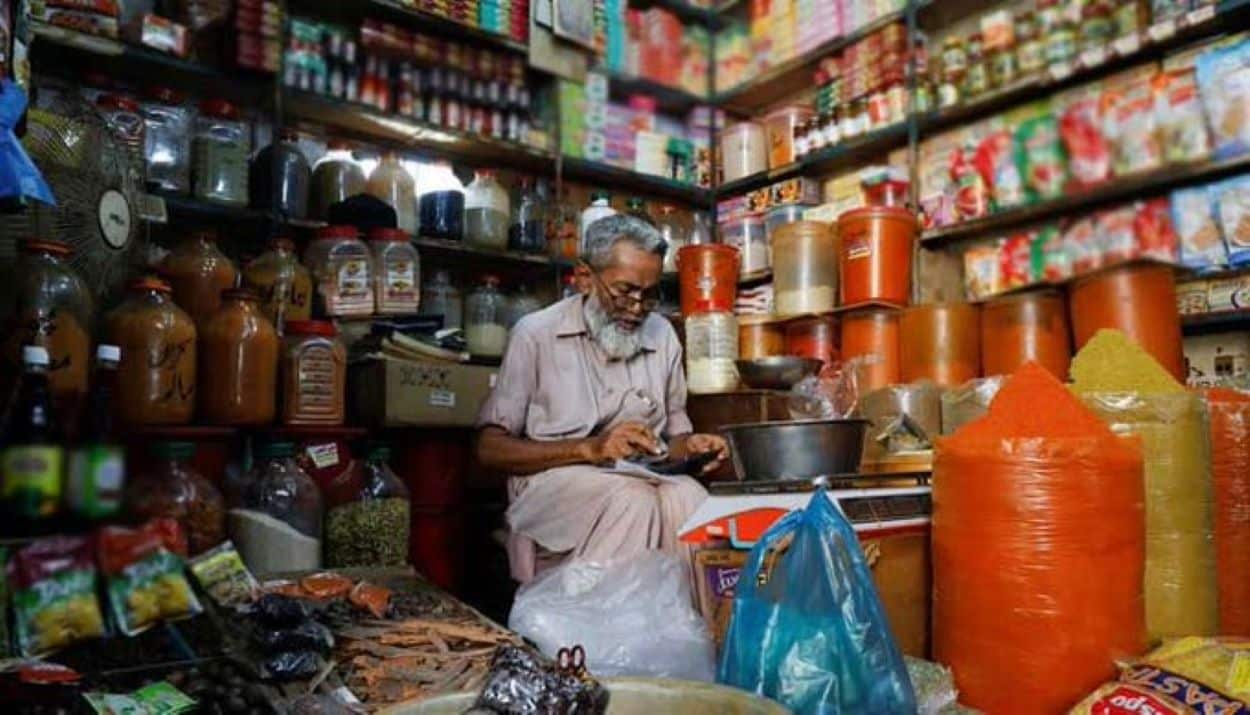In December 2024, inflation indicators began to show signs of easing, although significant underlying pressures persist.
The Consumer Price Index (CPI) category declined to 4.1% year-on-year (YoY), a decrease from 4.9% in November and a significant drop from 29.7% in December 2023. Despite this reduction, inflation levels remain above what many economies consider comfortable.
Urban CPI followed a similar pattern, decreasing to 4.4% YoY from 5.2% in the previous month, a marked improvement from 30.9% in December 2023. Month-on-month (MoM), urban inflation saw a slight decrease of 0.1%, indicating potential stabilization of city prices.
Conversely, rural areas, though experiencing lower inflation rates than urban areas, recorded a YoY reduction to 3.6% from 4.3% in November. However, there was a MoM increase of 0.3%.
The Sensitive Price Index (SPI), a broader inflation measure, also improved, dropping to 4.2% YoY from 7.3% in November, yet far from the 35.3% a year earlier. MoM, SPI inflation rose by 0.8%, showing improvement over the 3.8% surge from the previous year.
The Wholesale Price Index (WPI) continued to decline, falling to 1.9% YoY from 2.3% in November.
Core inflation metrics, which exclude volatile food and energy prices, offer a deeper insight. Urban core inflation dropped to 8.1% YoY from 8.9%, while rural core inflation slightly decreased to 10.7% from 10.9%. Despite these reductions, core inflation rates remain high internationally, with urban and rural core inflation experiencing MoM increases.
Trimmed mean inflation, which removes the most volatile prices, also moderated. Urban trimmed inflation fell to 6.2% YoY from 7.5%, and rural trimmed inflation decreased to 6.5% from 7.8%. Yet, MoM changes suggest ongoing inflationary pressures.
Overall, while the downward trend from last year’s high levels is evident, the persistence of core inflation, especially in rural areas, continues to be a major concern.






